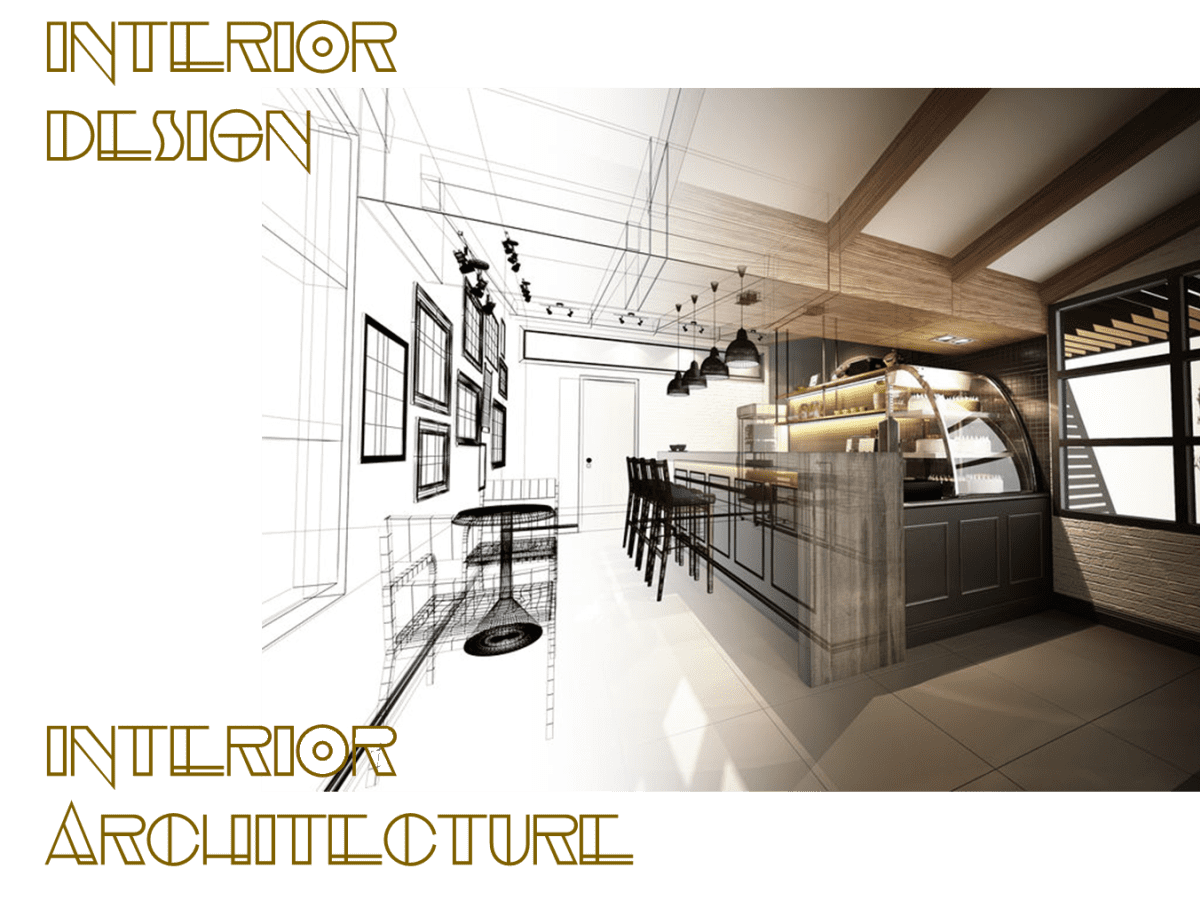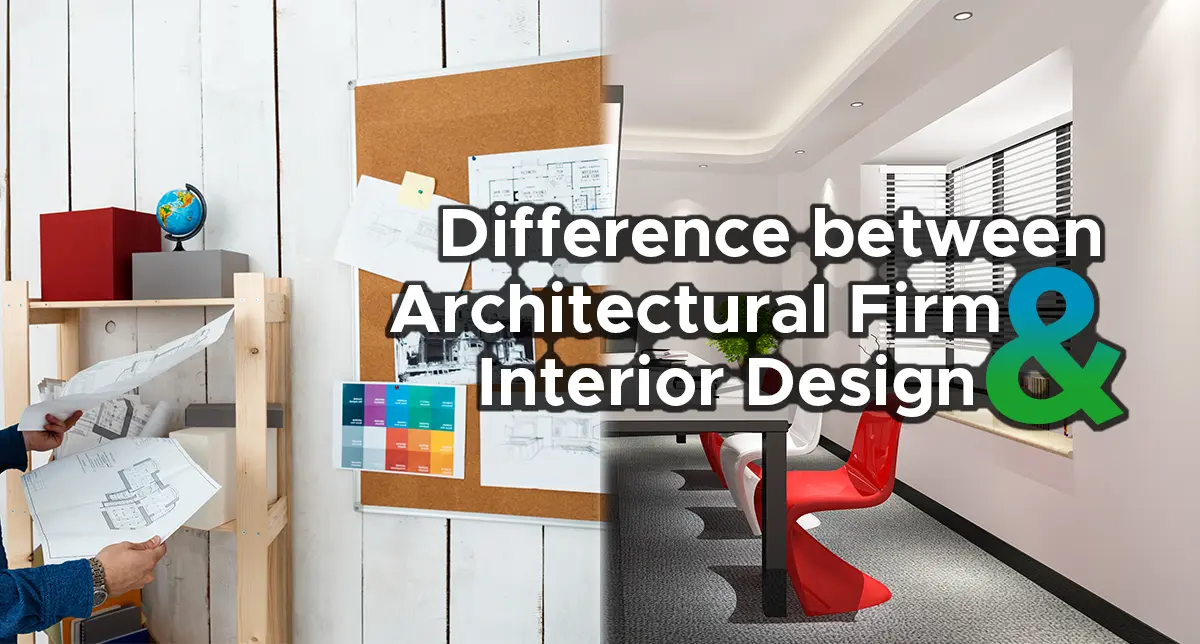The Art of Balance: How Interior Design and Home Designer Collaborate for Stunning Outcomes
In the world of home layout, striking an equilibrium between visual appeals and performance is no tiny accomplishment. This fragile equilibrium is attained via the unified cooperation in between indoor developers and designers, each bringing their distinct know-how to the table. The result? Rooms that are not just aesthetically magnificent but additionally very comfortable. However, this ideal mix is not always easy to acquire. Stay with us as we check out the complexities of this collective process and its transformative effect on home design.
Understanding the Core Differences In Between Inside Style and Home Style
While both Interior Design and home architecture play necessary functions in creating cosmetically pleasing and functional spaces, they are inherently various disciplines. Home design largely concentrates on the structural facets of the home, such as building codes, safety and security regulations, and the physical construction of the room. It manages the 'bones' of the structure, collaborating with spatial dimensions, bearing walls, and roof designs. On the various other hand, Interior Design is extra concerned with enhancing the aesthetic and sensory experience within that framework. It includes selecting and arranging furniture, selecting color design, and including ornamental aspects. While they function in tandem, their functions, responsibilities, and areas of knowledge diverge substantially in the creation of a harmonious home setting.
The Harmony Between Home Architecture and Interior Decoration
The harmony between home architecture and Interior Design depends on a common vision of layout and the enhancement of practical aesthetic appeals. When these two areas line up harmoniously, they can change a home from regular to amazing. This collaboration needs a deeper understanding of each self-control's principles and the capability to create a natural, visually pleasing atmosphere.
Unifying Style Vision
Combining the vision for home design and Interior Design can create an unified home that is both functional and aesthetically pleasing. The balance begins with an incorporated state of mind; engineers and indoor developers team up, each bringing their knowledge. This unison of concepts creates the style vision, a blueprint that guides the task. This common vision is vital for uniformity throughout the home, making certain a liquid change from outside design to interior rooms. It promotes a collaborating method where building aspects enhance Interior Design parts and the other way around. The result is a cohesive home that shows the house owner's taste, personality, and way of life. Hence, unifying the layout vision is important in blending design and Interior Design for sensational outcomes.
Enhancing Functional Aesthetics
Just how does the synergy between home architecture and Interior Design improve practical aesthetic appeals? This harmony makes it possible for the creation of rooms that are not only aesthetically enticing but additionally easily functional. Architects prepared with their architectural style, making certain that the space is practical and effective. The indoor designer after that matches this with meticulously selected elements that improve the visual appeals without endangering the capability. This harmonious collaboration can lead to homes that are both livable and stunning. An engineer could design a residence with large windows and high ceilings. The indoor designer can then accentuate these functions with tall plants and sheer curtains, specifically, therefore improving the visual appeal while keeping the functional advantages of all-natural light and space.
Importance of Partnership in Creating Balanced Spaces
The cooperation in between indoor designers and engineers is pivotal in creating balanced spaces. It brings harmony between style and style, bring to life rooms that are not only cosmetically pleasing however also practical. Checking out effective joint techniques can give insights into how this synergy can be properly accomplished.
Balancing Layout and Architecture
Equilibrium, an important facet of both Interior Design and design, can just absolutely be attained when these 2 fields operate in consistency. This consistency is not simply an aesthetic factor to consider; it influences the performance, sturdiness, and eventually, the livability of a space. Inside designers and engineers need to understand each various other's functions, respect their proficiency, and connect properly. They have to take into consideration the interplay of architectural aspects with decor, the flow of spaces, and the influence of light and shade. This collective procedure causes a natural, balanced style where every element contributes and read more has an objective to the overall aesthetic. Harmonizing design and design is not simply concerning creating attractive spaces, however about crafting areas that function flawlessly for their residents.
Effective Joint Techniques

Case Studies: Successful Combination of Layout and Design
Checking out numerous case studies, more info it comes to be noticeable exactly how the successful combination of Interior Design and design can transform an area. The Glass Home in Connecticut, renowned for its minimalistic style, is one such instance. Designer Philip Johnson and indoor designer Mies van der Rohe collaborated to create a harmonious equilibrium between the inside and the framework, resulting in a seamless circulation from the exterior landscape to the inner living quarters. Another prototype is the Fallingwater Home in Pennsylvania. Architect Frank Lloyd Wright and indoor developer Edgar Kaufmann Jr.'s joint efforts result in a stunningly one-of-a-kind home that blends with its natural environments. These study underline the profound influence of a successful layout and design partnership.

Overcoming Obstacles in Layout and Architecture Cooperation
In spite of the indisputable advantages of an effective cooperation in between Interior Design and architecture, it is not without its obstacles. Communication issues can develop, as both celebrations might use various terms, understandings, and techniques in their job. This can lead to misunderstandings and delays in job completion. Another major obstacle is the balancing act of aesthetic appeals and functionality. Architects might prioritize structural stability and security, while designers concentrate on convenience and style. The integration of these goals can be complicated. In addition, spending plan and timeline constraints commonly include stress, possibly triggering breaks in the collaboration. Consequently, effective communication, good understanding, and compromise are important to get over these obstacles and accomplish a successful and unified cooperation.

Future Fads: The Developing Connection In Between Home Architects and Inside Designers
As the globe of home design proceeds to evolve, so does the partnership between engineers and interior designers. The fad leans towards a more collaborative and integrated approach, breaking without typical functions. Engineers are no more solely concentrated on structural stability, however also participate in enhancing aesthetic charm - Winchester architect. Conversely, indoor developers are embracing technological facets, influencing total format and capability. This advancing symbiosis is driven by innovations in innovation and the growing need for rooms that are not just visually pleasing yet additionally sensible and lasting. The future guarantees an extra cohesive, ingenious, and adaptive technique to home more info layout, as engineers and designers proceed to obscure the lines, cultivating a relationship that truly embodies the art of balance.
Conclusion
The art of equilibrium in home design is accomplished through the unified collaboration in between interior developers and engineers. An understanding of each various other's techniques, reliable interaction, and shared vision are essential in producing aesthetically sensational, practical, and inviting areas. In spite of challenges, this partnership cultivates development and development in design. As the partnership in between home designers and indoor designers advances, it will certainly proceed to shape future fads, boosting comfort, effectiveness, and individual expression in our space.
While both indoor design and home style play vital roles in creating visually pleasing and useful rooms, they are naturally various self-controls.The harmony in between home architecture and indoor design lies in a common vision of layout and the improvement of functional appearances.Combining the vision for home architecture and indoor design can develop an unified living area that is both functional and visually pleasing. Thus, unifying the design vision is critical in blending style and indoor layout for stunning results.
Exactly how does the synergy between home design and indoor layout enhance practical looks? (Winchester architect)